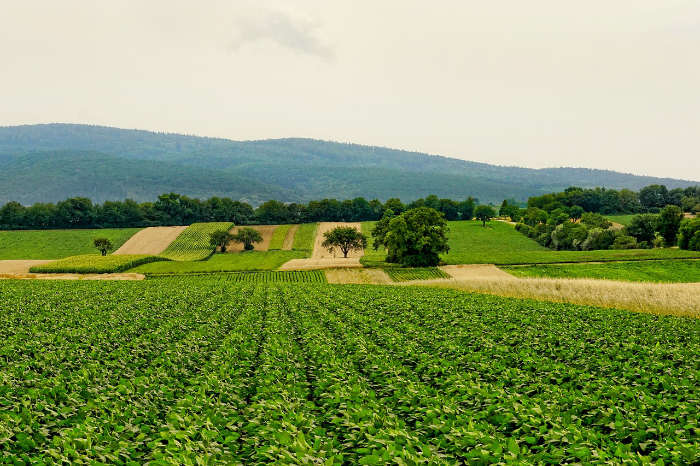Cassava Production by Country 2025
- All production data is displayed in metric tonnes (t). Also known as a tonne, one metric ton = 1,000 kg, or roughly 2,204.6 lbs.
- All production values are shown in USD.
Cassava is a starchy vegetable that represents a significant source of sustenance and nutrition for people all over the world. Although cassava is native to South America, it’s also a highly adaptable crop that can grow well in many different regions worldwide, making it an important cash crop for multiple countries, as well.
Here’s a closer look at which of the world’s countries have the highest cassava yields per year, as well as some potential contributing factors that can affect output. Nigeria is by far the world’s biggest and most consistent cassava producer worldwide at 62.7 million tons produced in 2023. However, Thailand is the world’s largest exporter of cassava, as it is currently responsible for roughly 60-65 percent of total world exports.
Factors That Can Influence Cassava Production by Country
As with many agricultural products, cassava’s ability to grow and thrive in a specific country depends on multiple factors. While it’s true that cassava is highly adaptable as a crop, a country’s total output of the crop is still affected by variables like rainfall, soil quality, and overall temperature. A country’s proneness to environmental factors such as droughts, floods, and similar occurrences can also affect yields. Many of the world’s leading cassava-producing countries rely on cassava as a key staple food, which naturally influences annual yields. The same can be said of countries where cassava factors heavily into local cuisine and dietary preferences.
In countries where potential cassava farmers have access to ample support from the government, credit, or other financing options, annual cassava yields are much more likely to trend higher overall. The greater a country’s access to the latest agricultural technology, equipment, pest management approaches, seed varieties, and techniques, the more likely it is to become a key global cassava producer. The same goes for staples like labor, road access, and transportation.

























